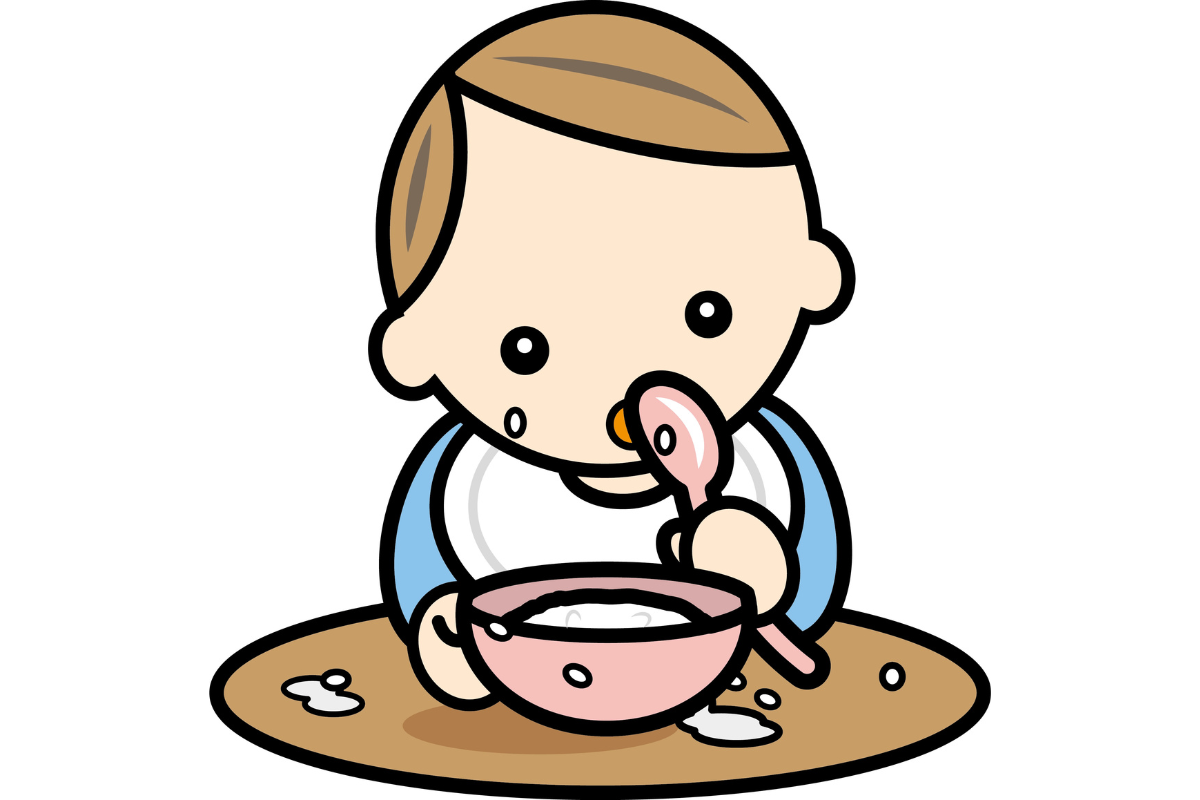Introducing your baby to solid foods is an exciting milestone, and many families today are exploring baby-led weaning (BLW) as an alternative or supplement to traditional spoon feeding. In this article, we’ll explain what baby-led weaning is, when and how to start it, and the potential benefits and risks.
At Bootin and Savrick Pediatric Associates in Houston, Texas, we support families during each stage of a child’s growth, including the transition to solid foods. If you’re considering baby led weaning or wondering how best to meet your baby’s nutritional needs, schedule an appointment today to speak with your child’s healthcare provider.

Baby led weaning is a feeding approach where babies eat finger foods on their own rather than being spoon-fed pureed foods. It encourages babies to self-feed soft, safe pieces of food, rather than relying on a parent to be pushing food into their mouths.
The idea behind BLW is simple: offer age-appropriate pieces of food during mealtimes and let your baby explore them at their own pace. Rather than following a strict schedule, babies join the family table and eat the same foods, modified for safety.
This approach to baby led feeding focuses on helping babies build independence, explore different foods, and learn to listen to their internal hunger and fullness cues.
Most babies are ready to begin eating solids around 6 months of age, depending on individual development. Key signs your baby may be ready include:
While your baby starts to eat finger foods, breast milk or infant formula should remain the primary source of nutrition throughout the first year. Solid foods are considered complementary foods, meant to support—not replace—milk feeds during infancy.
As always, consult your child’s healthcare provider before starting baby led weaning to ensure your child is developmentally prepared.
When beginning BLW, keep the environment simple and stress-free. Sit your baby in an upright highchair, ideally wearing just a diaper or a bib for easier cleanup. Begin offering iron rich foods and soft textures that your baby can safely grasp and chew.
Ideal first foods include:
Make sure the food is soft enough to squish between your fingers and cut into sizes that encourage grasping but avoid choking risks.
Following the line baby led weaning philosophy, allow your baby to feed themselves rather than guiding the food into their mouth. Self feeding promotes motor skills and helps your baby develop confidence around food.
BLW offers several advantages for both babies and parents:
Perhaps most importantly, BLW allows babies to explore food in a way that’s engaging, intuitive, and natural.
While many parents find BLW to be rewarding, it’s important to consider some challenges:
Many families adopt a mixed approach, combining pureed foods and finger foods to make sure their baby is getting a well-rounded start to solid eating.
Choose soft, nutrient-dense foods that are easy for little hands to grab and mouths to chew. Some top choices include:
Avoid honey (until after age 1), added salt, and processed foods.
Baby led weaning can be a joyful, messy, and empowering way to introduce your child to food and mealtime. Whether you follow the full line baby led weaning method or combine it with pureed foods, the goal is the same: to support your baby’s development and relationship with healthy foods.
At Bootin and Savrick Pediatric Associates, we have experience supporting Houston families through every stage of early childhood—from newborn care to introducing solid foods and beyond.
If you’re ready to start baby led weaning or have questions about your baby’s nutrition—whether you’re breastfeeding or using infant formula—schedule an appointment with your child’s healthcare provider in Greater Houston today. We’re here to guide you every step of the way.
Medically reviewed by Debra Bootin, MD
